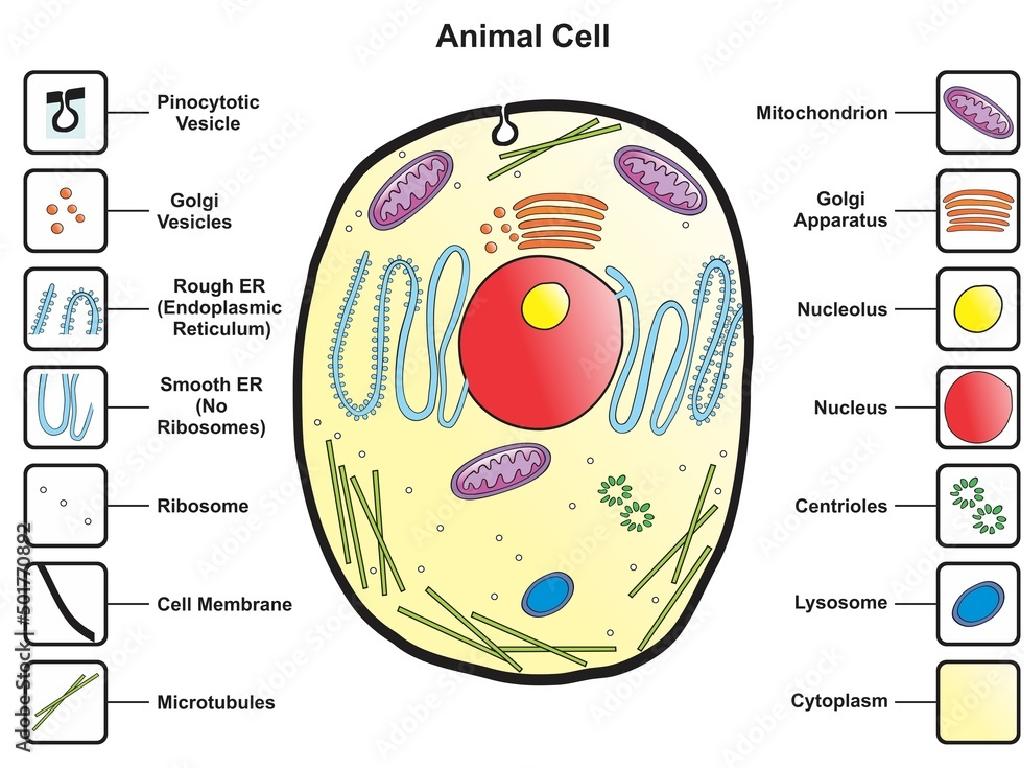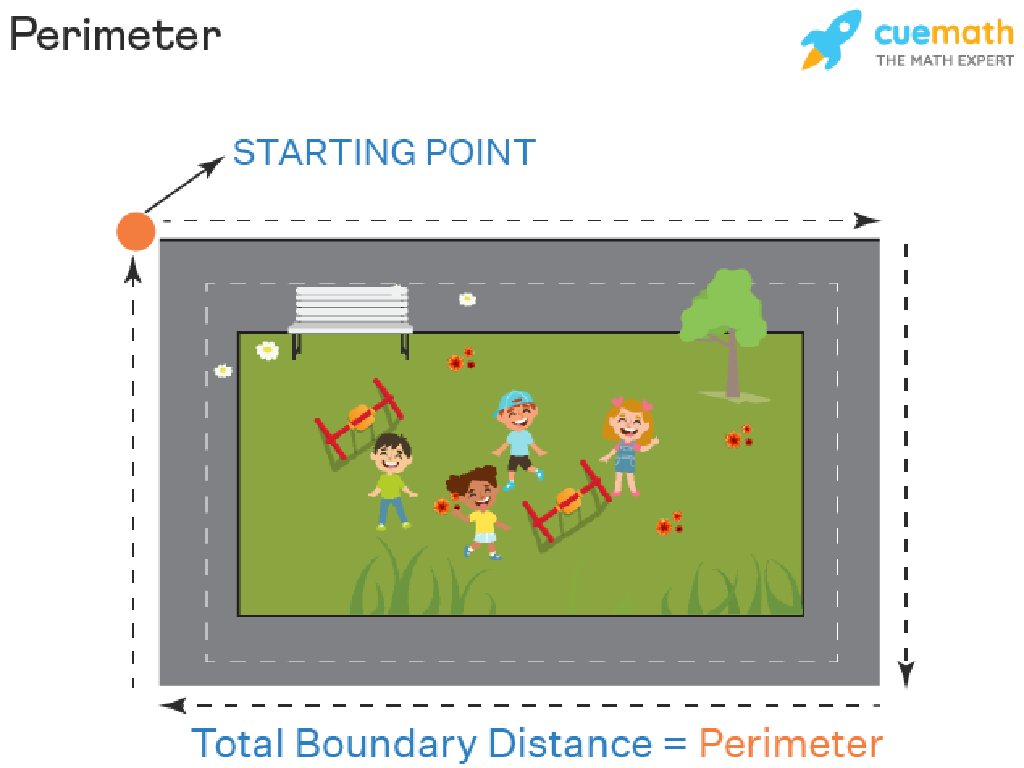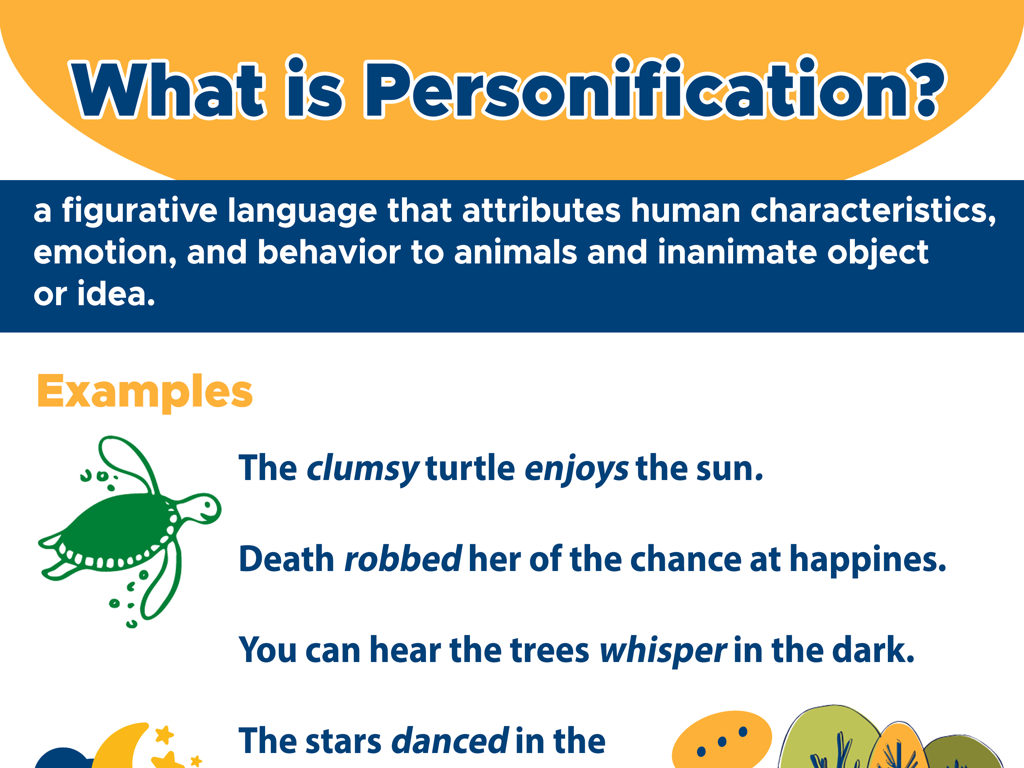Genetics Vocabulary: Dominant And Recessive
Subject: Science
Grade: Eighth grade
Topic: Genes To Traits
Please LOG IN to download the presentation. Access is available to registered users only.
View More Content
Genetics: Dominant vs. Recessive Genes
– Genetics: Study of heredity
– Vocabulary of genetics
– Terms like genotype, phenotype, alleles
– Dominant genes overpower recessive
– Dominant: AA or Aa, Recessive: aa
– Recessive genes: Hidden traits
– Recessive expressed only without dominant allele
|
This slide introduces students to the fundamental concepts of genetics, focusing on the vocabulary necessary to understand how traits are passed down through generations. Genetics is the science of heredity, dealing with the intricate mechanisms that determine the physical and biological traits of organisms. Key terms such as genotype (genetic makeup), phenotype (observable traits), and alleles (different forms of a gene) are essential for students to grasp. The slide emphasizes the difference between dominant and recessive genes, explaining that dominant alleles will mask the presence of recessive alleles in an organism’s phenotype. It’s crucial for students to understand that recessive genes can still be passed on to the next generation and may appear when two recessive alleles are present. Encourage students to think of examples of dominant and recessive traits they may have observed in their families or in nature.
Genetics Vocabulary: Genes
– Genes: Definition
– Genes are DNA segments that dictate physical and heritable traits.
– Genes: Life’s Blueprint
– Think of genes as a set of instructions for building and maintaining an organism.
– Trait Determination by Genes
– Genes interact to form the appearance and function of living things.
– Dominant vs. Recessive Traits
– Dominant traits overpower recessive ones, but both can be passed down.
|
This slide introduces the concept of genes within the broader topic of genetics. Start by defining genes as the basic unit of heredity found in all living organisms, made up of DNA. Explain how genes act as a blueprint, containing the instructions necessary to construct all the proteins that make up an organism, thus determining its physical and biological traits. Discuss how different combinations of genes lead to different traits, and introduce the concept of dominant and recessive traits, emphasizing that dominant traits will manifest if present. Provide examples such as brown eyes being dominant over blue eyes, and how these traits are inherited from parents. This foundational knowledge sets the stage for understanding more complex genetic concepts.
Dominant vs. Recessive Traits
– Dominant genes: trait bosses
– Dominant genes overpower recessive ones, determining appearance.
– Recessive genes: silent partners
– Recessive genes express traits when paired together, without dominant genes.
– Examples of dominant traits
– Brown eyes, curly hair, and freckles are often dominant.
– Examples of recessive traits
– Blue eyes, straight hair, and lack of freckles are often recessive.
|
This slide introduces the concept of dominant and recessive genes and how they contribute to the traits we see. Dominant genes are like the ‘bosses’ because they overshadow recessive genes when it comes to trait expression. For a recessive trait to be visible, an individual must inherit two copies of the recessive gene, one from each parent. Provide examples of dominant traits such as brown eyes or curly hair, and recessive traits like blue eyes or straight hair. Encourage students to think of traits in their families and which might be dominant or recessive. This will help them understand the basic principles of inheritance and the vocabulary of genetics.
Understanding Alleles: Dominant vs. Recessive
– Alleles: Variants of genes
– Alleles are different forms of the same gene, like blue or brown eyes.
– Interaction of alleles
– Traits are determined by how alleles pair up during reproduction.
– Dominant vs. recessive traits
– Dominant alleles overpower recessive ones, determining the trait expressed.
– Observing allele interactions
– Cross-breeding plants shows how traits are passed on.
|
This slide introduces the concept of alleles, which are different versions of the same gene. Students should understand that these variations contribute to the diversity of traits observed in living organisms. The interaction between alleles during reproduction is crucial for determining the traits of the offspring. Dominant alleles will mask the presence of recessive alleles in heterozygous pairings. To illustrate this, use examples such as flower color in pea plants, where purple is dominant over white. Encourage students to think of other examples of dominant and recessive traits they may have learned about or observed in their own lives.
Genotype vs. Phenotype: Expressing Traits
– Genotype: Genetic Blueprint
– The combination of alleles that you inherit from your parents
– Phenotype: Visible Characteristics
– Traits that are expressed, such as hair color or height
– Dominant vs. Recessive Alleles
– Dominant alleles mask recessive ones, determining trait expression
– Linking Genotype to Phenotype
– How genetic information translates into physical traits
|
This slide aims to explain the concepts of genotype and phenotype and their relationship in the expression of traits. Genotype refers to the genetic makeup of an organism, the alleles inherited from the parents. Phenotype is the set of observable characteristics that result from the interaction of the genotype with the environment. Dominant alleles will mask the presence of recessive alleles in a phenotype, which is crucial for understanding how traits are passed on and expressed. Students should learn how to predict phenotypic outcomes based on genotypic information, using Punnett squares to visualize dominant and recessive allele combinations. Encourage students to think of real-life examples, such as why a child might have a different eye color than their parents.
Punnett Squares: Predicting Traits
– How Punnett Squares predict traits
– A grid system that forecasts genetic variations
– Probability’s role in genetics
– Genetics is not certain but about chances
– Practice problem on offspring traits
– Example: Cross of Bb x bb (B: dominant, b: recessive)
– Analyzing dominant & recessive genes
– Dominant genes overshadow recessive ones
|
This slide introduces students to the concept of Punnett Squares and how they are used to predict the traits of offspring based on the genetic information of the parents. Emphasize that while genetics follows patterns, it is ultimately about probability and not certainty. Provide a practice problem for students to apply their understanding of how dominant and recessive genes interact in a Punnett Square. For example, crossing a heterozygous dominant individual (Bb) with a homozygous recessive individual (bb) and predicting the possible genotypes of their offspring. Explain that dominant genes will mask the presence of recessive genes in a phenotype. This slide sets the foundation for understanding genetic inheritance and the role of chance in the expression of traits.
Genetics in Action: Dominant & Recessive Traits
– Human trait examples: eye color, earlobes
– Brown eyes (dominant) vs. blue eyes (recessive), attached vs. free earlobes
– Plant trait examples: flower color, seed shape
– Purple flowers (dominant) vs. white flowers (recessive), round vs. wrinkled seeds
– Animal trait examples: fur color, patterns
– Black fur (dominant) vs. brown fur (recessive), stripes vs. solid patterns
– Understanding dominance in traits
|
This slide aims to illustrate the concept of dominant and recessive traits through tangible examples in humans, plants, and animals. For human traits, discuss how brown eye color is dominant over blue, and attached earlobes are dominant over free. In plants, use the example of Mendel’s pea plants, where purple flower color is dominant over white, and round seed shape is dominant over wrinkled. For animals, explain how certain fur colors and patterns can be dominant or recessive, such as black fur being dominant over brown. Emphasize that dominant traits are those that appear even if only one parent passes on the gene, while recessive traits require both parents to pass on the gene. Encourage students to think of other examples and to observe these traits in their environment.
Class Activity: Create Your Creature
– Design your own creature
– Select dominant & recessive traits
– Dominant traits overpower recessive ones
– Determine creature’s genotype
– Genotype: genetic makeup, e.g., BB or Bb
– Present genotype & phenotype
– Phenotype: physical expression, e.g., blue wings
|
This activity allows students to apply their understanding of genetics by designing a creature and choosing its traits. Students should use their knowledge of dominant and recessive genes to decide which traits their creature will have. They will then determine the genotype, the genetic code, which consists of pairs of alleles (represented by letters), and the phenotype, which is how those genes are expressed physically. Encourage creativity in their designs and ensure they can explain why certain traits appear using the vocabulary learned. Possible activities: 1) Drawing their creature and labeling traits. 2) Writing a short description of their creature’s habitat and behaviors. 3) Creating a Punnett square to show how they determined the traits. 4) Sharing their creature with the class and explaining the genetics behind it.
Genetics Recap: Dominant vs. Recessive
– Review: Dominant & Recessive traits
– Dominant traits mask recessive ones in offspring
– Genetics shapes living organisms
– Understanding genetics is crucial for grasping how traits are passed down
– Q&A session
– Opportunity to address any confusion
– Summarize key takeaways
|
This slide aims to consolidate the students’ understanding of dominant and recessive traits within genetics. Begin by reviewing the concepts, emphasizing that dominant traits will express themselves over recessive traits in offspring. Highlight the significance of genetics in explaining the diversity of life and the inheritance of traits. Encourage students to ask questions to clarify any doubts, ensuring they leave the class with a solid understanding of the topic. Conclude by summarizing the key points of the lesson, reinforcing the importance of genetics in biology. This recap will help solidify the foundational concepts of heredity and prepare students for more advanced topics in genetics.






